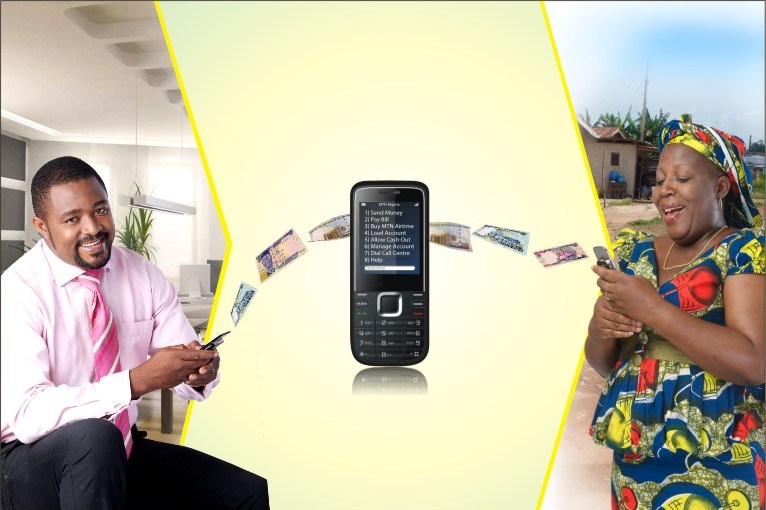
Mobile financial services – often called mobile money – are a high priority for many mobile operators, financial institutions, technology firms, and governments. In regions where financial inclusion is limited, such as Ghana and other sub-Saharan African countries, mobile money promises a lower cost, more scalable alternative to traditional banking. There is significant demand for digital payments in sub-Saharan African markets.
Yet despite high interest levels in the markets of sub-Saharan Africa, there have been few success stories to date. This is partly the result of uncertainty about whether Kenya – where M-Pesa has become one of the few mobile-money success stories – is unique or the potential for mobile payments in other markets is similarly robust. To cast light on the opportunity, this article attempts to quantify some of the many high-potential payment flows in this rapidly evolving region and to estimate the associated revenue pools.
Primed for mobile payments
In most of sub-Saharan Africa, only a small percentage of upper-income households enjoy the convenience of card-based, online, mobile banking and payments, while most consumers still pay with cash. One study shows that more than 90% of retail transactions in parts of Kenya remain cash based, and Gallup’s survey of 11 countries in sub-Saharan Africa found that more than 80% of adults there have made bill payments or remittances with cash.
Given the lack of digital payment penetration, consumers, banks and governments in sub-Saharan Africa are still bearing the high cost of cash payments – costs associated with manual acceptance, record keeping, counting, storage, security and transportation.
A lack of mobile technology is not the major obstacle to increasing mobile-money penetration in the region: two-thirds of adults in sub-Saharan Africa currently use mobile phones. And in Kenya, mobile-payment penetration is at 86% of households. However, the payment-digitisation gaps between Kenya and other nations in sub-Saharan Africa still vary widely.
Nonetheless, regulators in many markets are paving the way for e-money and the entry of nonbank operators. And business models and systems for electronic remittances – both domestic and international – have already been well tested in other markets around the globe. Together, these factors should make it easier for digital payments to leapfrog the costly development of formal banking by introducing advanced mobile systems. Why then have many payment players hesitated to venture into these seemingly high potential markets?
As with most new business ventures, limited information is available about the nature and size of markets, the investment required, the risks involved, and, most important, the nature of customer needs and preferences. New research and market analyses can help in reducing that knowledge gap. The findings presented here are the result of a new study that looks at 44 nations in sub-Saharan Africa and incorporates data recently collected by Gallup (with support from the Bill & Melinda Gates Foundation).
The analysis examines remote domestic consumer payments in individual markets in sub-Saharan Africa to identify significant cash payment volumes made through informal channels. These transaction flows represent a large untapped market for mobile providers. And they are especially relevant because it is easier and less costly to make those payments electronically than with cash.























